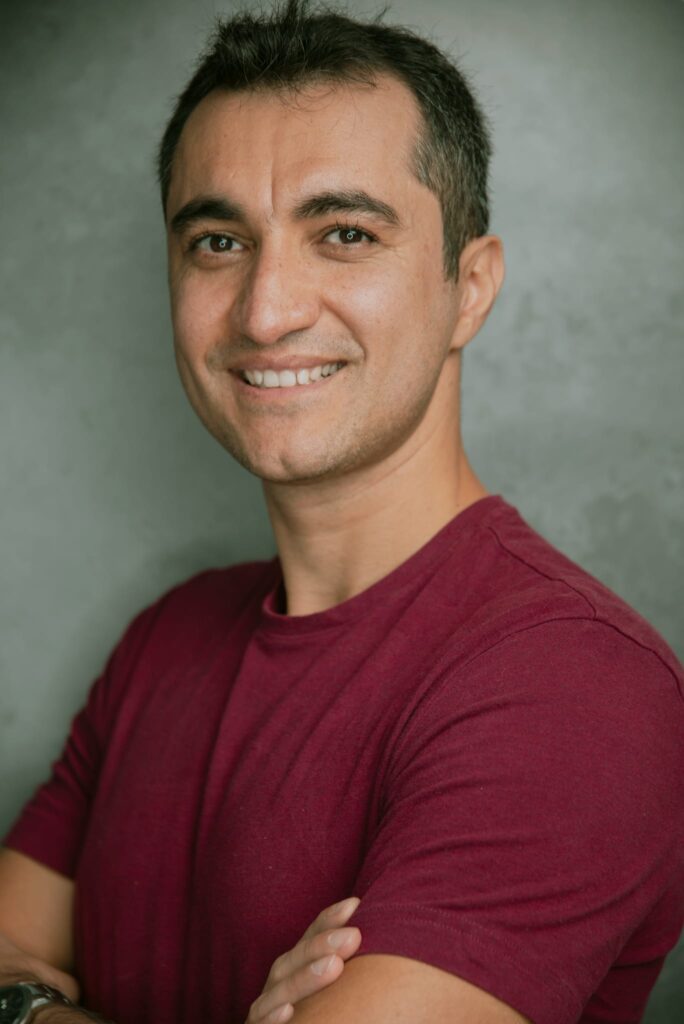“The reason for my focus on minority and low-resource languages is to promote and preserve our cultural heritages. The languages of my focused area as well as any other one around the world have been used for centuries as a way to pass down some of the best stories of ancestors and other rich cultural histories. Specifically I am interested in folklore free speech data because in most cultures – for example, in Iran – people still rely on local languages to communicate their histories, folklore, songs, and poems “, says Hiwa Asadpour, one of LITHME’s short-term scientific mission (STSM) grantees.
Asadpour hopes to widen the scope of natural language processing research. He says that collecting data about languages that have not been studied extensively can bring about new solutions and discoveries. His goal is to draw a broad picture of the local languages and culture by analysing how people speak and what words they use.
“I am interested in empirical corpus analysis of free speech data in low-resource languages of Iran because it can be very useful for natural language processing research that may focus on creating novel language resources and benchmarks. The data from such languages may customise existing natural language processing solutions to new languages and domains. A common venue in the field is a dire need that welcomes research in multiple directions. Therefore, my goal is to draw a broad picture of the state of studies on a wider spectrum of interdisciplinary topics related to natural language processing for low resource languages and domains.”
The themes of Asadpour’s research align with LITHME’s Working Group 4 with focus on linguistic diversity, vitality, and endangerment. The situation of endangered languages is such that some languages are already extinct and others in the process of becoming extinct or influenced heavily by the official language of the state. The languages that Asadpour intends to study are passed on by word of mouth. He remarks that there is no official training and education of these local languages in the region or in neighbouring languages. In addition, education of these languages is even forbidden and any activity in this direction will lead to suppression. Asadpour says that any contribution will broaden our knowledge about language learning and teaching, especially in these endangered languages. He is hoping to use integrated computational and language research applications. As such, his research will contribute to the goals of Working Group 1 in terms of computational methods.
“My expectation for the short term scientific mission is to broaden my expertise. I would like to be involved in the running projects of various scholars to learn from them and to exchange knowledge. I would like to establish new networks with those who might be interested in similar topics, so that we can plan and organise scientific meetings, and to set up a prospective project, in which we can dive into more details to come up with outcomes which can be beneficial for various stakeholders. I am looking forward to participating in various events and activities and being exposed to different perspectives in researching and studying languages.”
Hiwa Asadpour is a linguist with experience in linguistic typology, empirical and corpus linguistics. Recently, he has turned his attention towards computational linguistics and psycholinguistics, with a focus on low-resource and minority languages of Iran and beyond.
Hiwa Asadpour visited Inalco, Paris from 06/04/2022 to 22/04/2022 for designing a shared task on multimodal argument mining in low-resource and endangered language of Western Asia, his scientific report has been published on the LITHME website. To see all short term scientific mission reports click here. Hiwa Asadpour was interviewed by LITHME assistant, Enni Kuusela.


